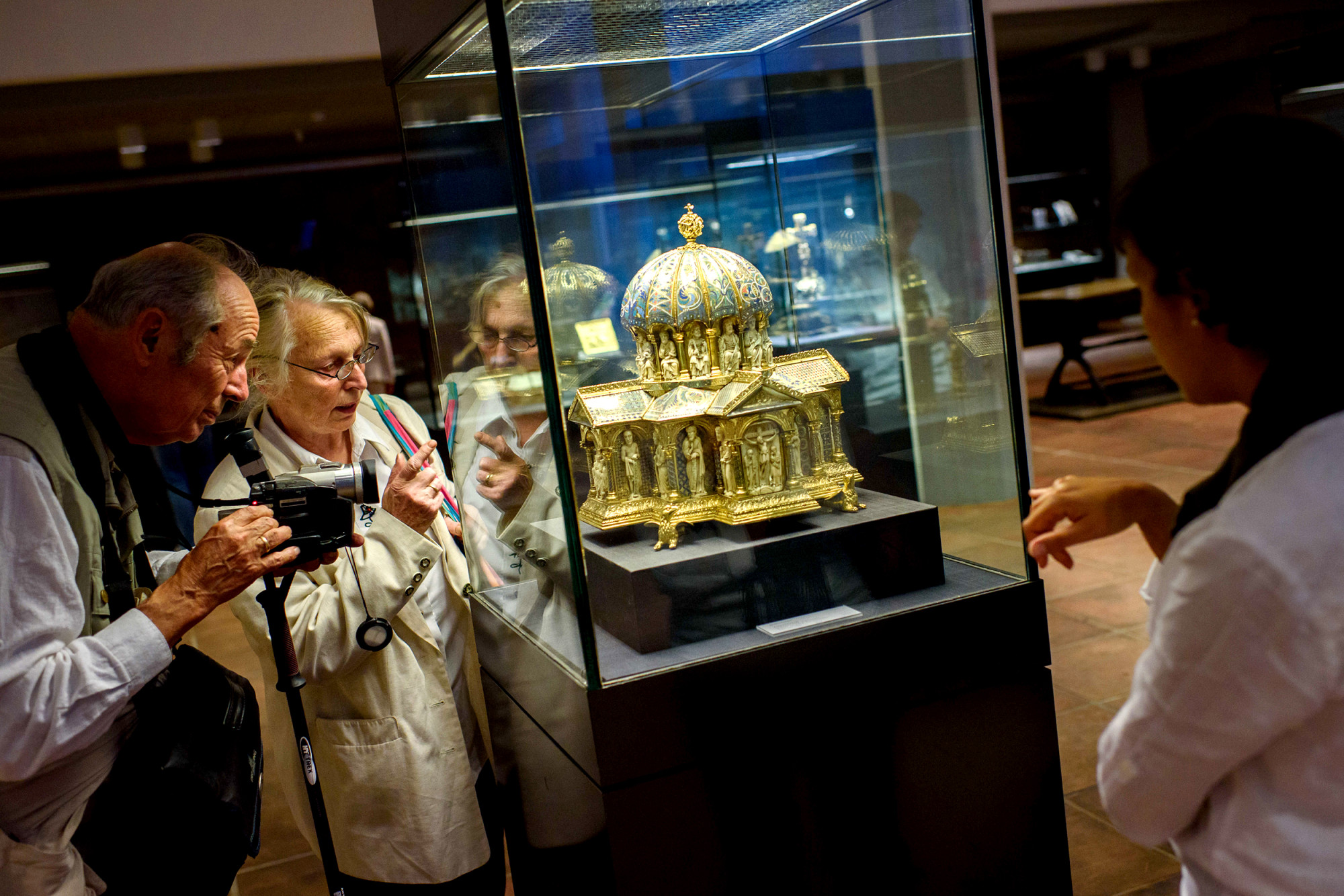The Nazis seized an estimated 20 percent of art in Europe, with scores of items still not returned to the families that owned them.
It was no ordinary art deal.
The sale of a precious medieval collection by a group of tradesmen to the Prussian government in 1935 was notable not only for its treasured contents, but also for its participants.
The sellers were Jewish, a fact that defined their fate in Nazi Germany and hangs over the transaction to this day.
“They know they're under the gun,” Marc Masurovsky, a historian who specializes in plundered art during the Holocaust, said from his home in Washington. “The average position of Jews in Germany as of 1933 is nothing short of dangerous, perilous, fragile and precarious.”
Though historical consensus is clear that state-sponsored Jewish persecution took place from the start of Adolf Hitler’s rule, today three heirs of those very art dealers are struggling to prove just that.
And experts fear a recent U.S. Supreme Court ruling could prove a bitter blow not only to those heirs, but also to hundreds of Jewish families seeking restitution from Germany as it struggles to atone for its past.






No comments:
Post a Comment